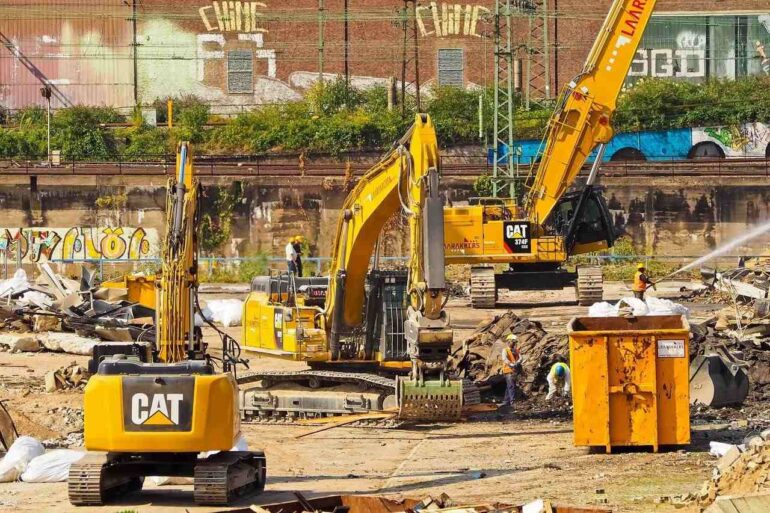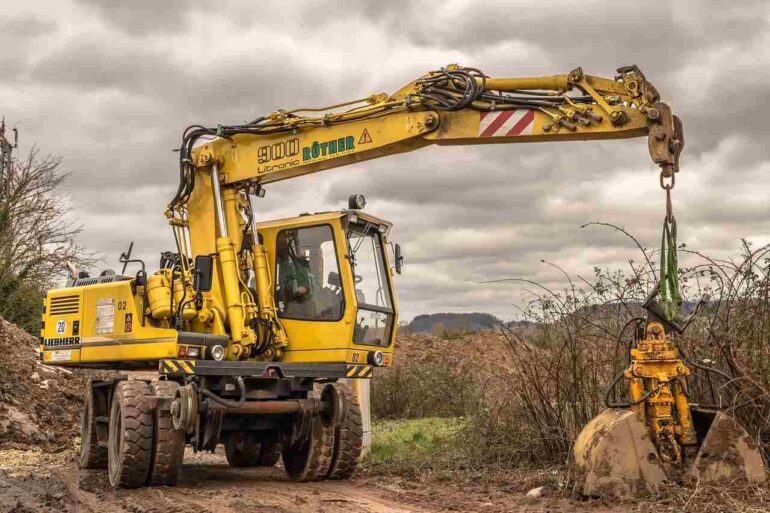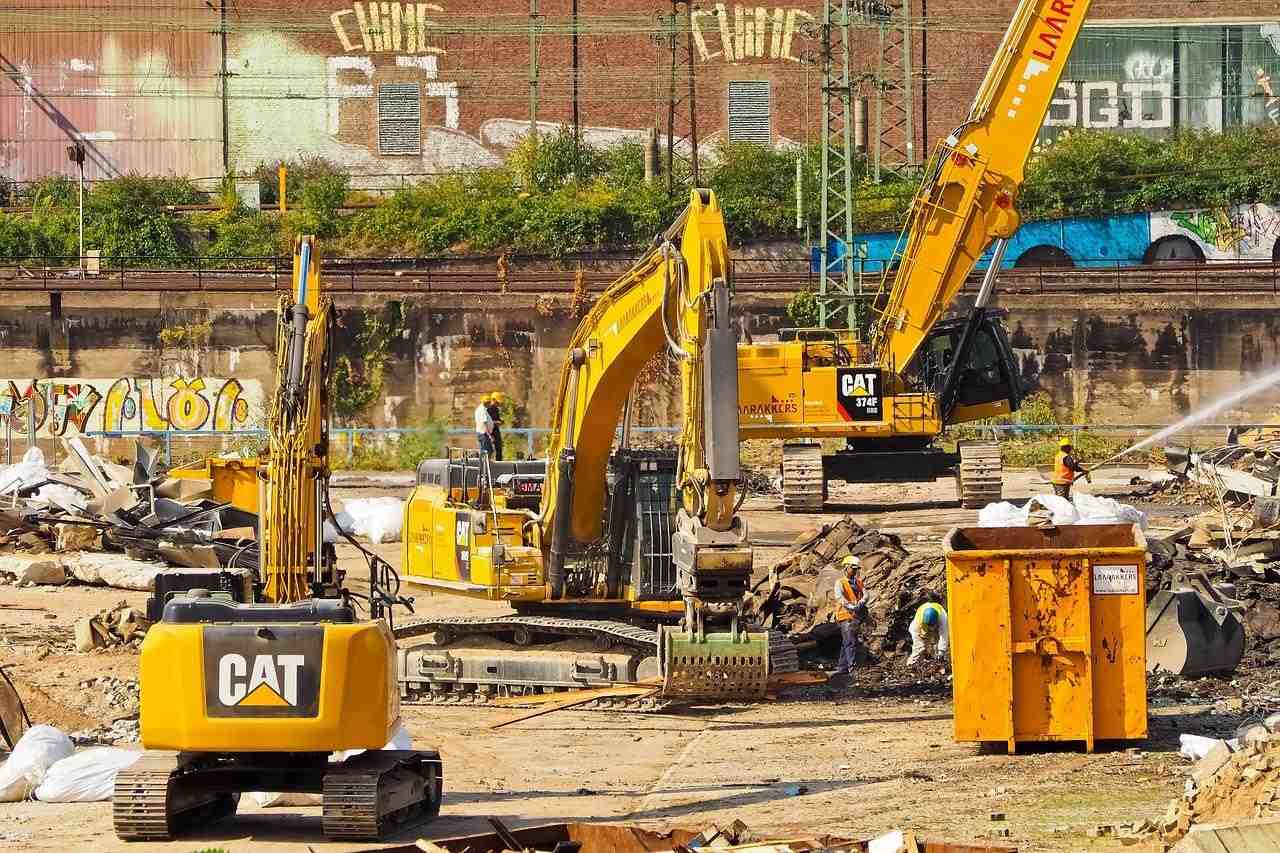International Energy Agency (IEA) figures show that the construction sector is responsible for around a third of global energy demand and associated carbon dioxide emissions. As a result, leading construction firms are now setting targets to reduce their contribution to greenhouse gas emissions. These targets reflect the need to support international efforts to mitigate global climate change.
The IEA has outlined a range of options for reducing emissions from the construction sector. These include improving energy efficiency, using more renewable energy, and reducing the carbon intensity of building materials. Construction firms that have committed to reducing their emissions are already taking action on these fronts.
For example, some companies are investing in research and development to bring low-carbon technologies to market, while others are working with suppliers to reduce the carbon footprint of their products. By publishing long-term targets, construction firms are sending a clear signal that they are committed to playing their part in tackling climate change.

Why the choice of electrification of mobile construction equipment?
Mobile construction equipment is a vital part of the construction industry, used in everything from road building to house building. Now, there is a growing trend for electrification of this equipment, due to the environmental credentials that zero-emission construction machines offer.
A recent IDTechEx report found that the market for electric construction equipment will be worth $30 billion by 2040, as environmental regulations get stricter and the price of batteries comes down. The report predicts that excavators, forklifts and other construction machines will increasingly be replaced by electric versions over the next two decades.
There are numerous advantages to the electrification of mobile construction equipment in terms of the environment. Electric machines produce zero emissions, so they are much better for air quality than their diesel-powered counterparts. They are also quieter, which reduces noise pollution. In addition, electric construction equipment is often more energy-efficient than traditional machines, meaning that less fuel is required to power them.
The electrification of mobile construction equipment offers many environmental benefits. As the price of batteries falls and environmental regulations become stricter, more and more construction companies will likely make the switch to electric machines.

How do governments encourage the use of zero-emission mobile construction equipment?
One of the most important ways in which governments can encourage the use of zero-emission mobile construction equipment is by reducing the emission of CO2. Construction equipment is responsible for a significant proportion of the world’s emissions of CO2, a greenhouse gas that is one of the major contributors to climate change.
The use of zero-emission equipment can help to reduce these emissions and help to meet the targets set out in the 2015 UNFCC Paris Agreement on climate change. Another way in which governments can encourage the use of zero-emission equipment is by providing financial incentives, such as tax breaks or subsidies, to companies that use this type of equipment. This will help to offset the cost of purchasing and operating zero-emission equipment and make it more affordable for companies.
Finally, governments also promote the use of zero-emission equipment through educational campaigns that raise awareness of the benefits of using this type of equipment. By taking these steps, governments can play a key role in encouraging the use of zero-emission mobile construction equipment.

What impact will this change have on the construction industry?
The construction industry is one of the most important sectors of the economy, responsible for the building and maintenance of our homes, offices, roads and infrastructure. Construction workers are also some of the most vulnerable workers in terms of health and safety, with a higher than average rate of injury and accidents. The use of electric mobile construction equipment can help to improve both the environmental impact of the construction industry and the safety of construction workers.
Electric mobile construction equipment is powered by batteries rather than petrol or diesel, meaning that it emits no pollutants or greenhouse gases. This not only reduces the environmental impact of the construction industry but also helps to improve air quality on construction sites. Electric mobile construction equipment is also quieter than its petrol or diesel counterparts, reducing noise pollution on construction sites. In addition, electric mobile construction equipment is often lighter and more manoeuvrable than traditional petrol or diesel-powered equipment, making it easier for workers to operate and helping to reduce the risk of accidents.
The use of electric mobile construction equipment can help to create a safer, cleaner and more efficient construction sector. This in turn can lead to improvements in the health and safety of construction workers, as well as reducing the environmental impact of the industry as a whole.





















Post comments (0)